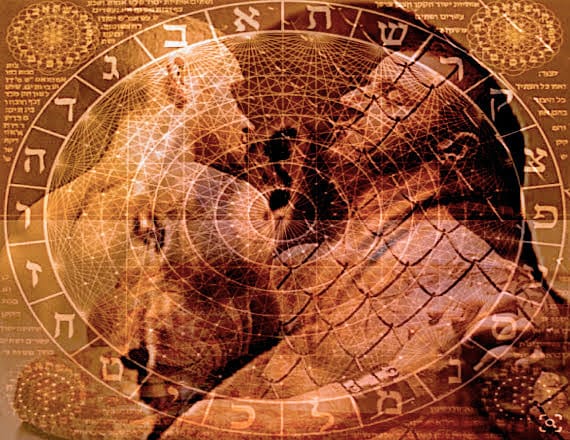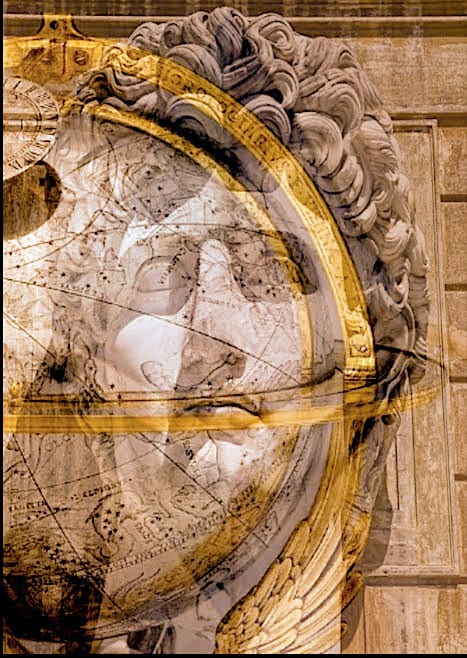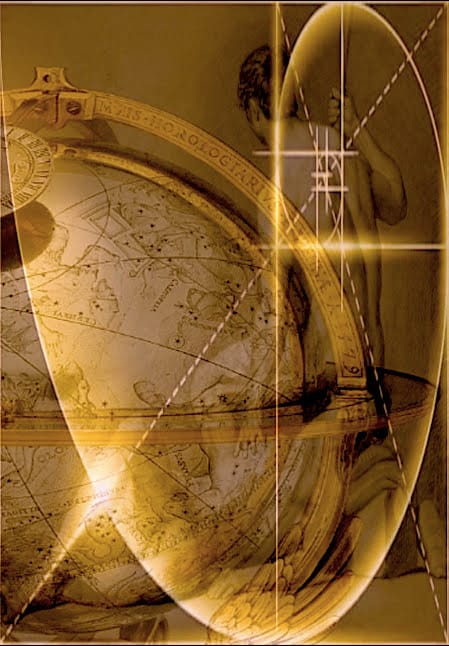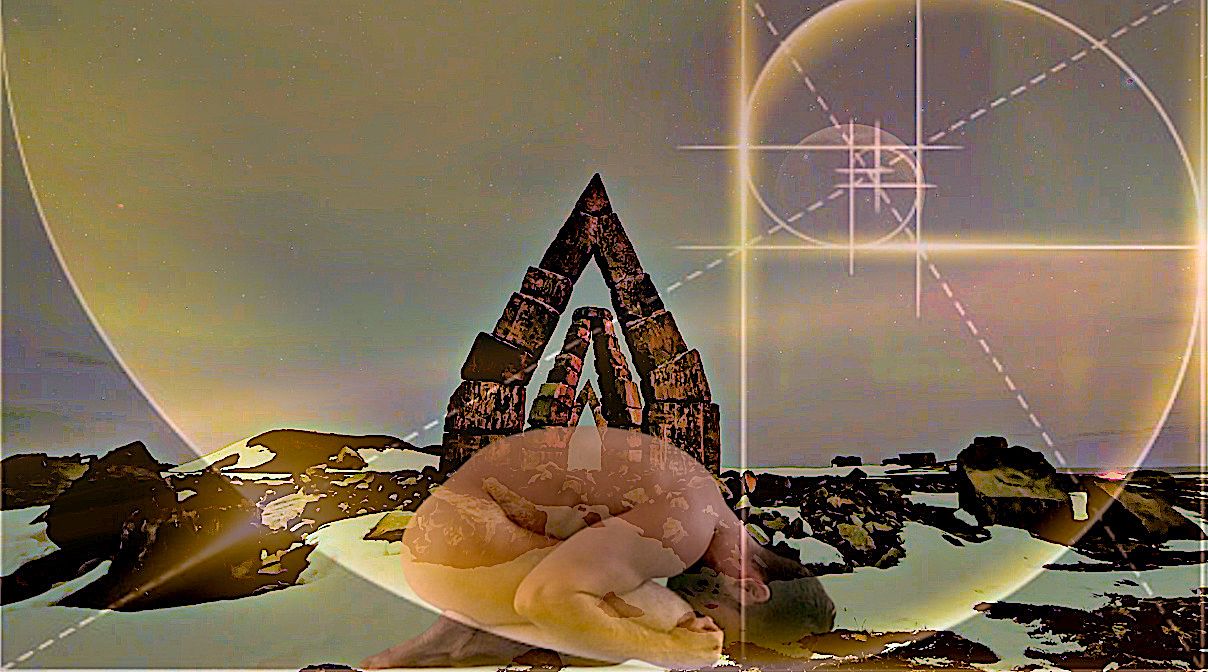We often find ourselves drawn to practices promising enlightenment and transcendence in mindfulness and spiritual growth. Yet, as David Verdesi’s work reveals, the key to authentic awakening lies not in clinging to mystical experiences but in embracing profound self-inquiry—what he calls the “Great Doubt.”

The Great Doubt: Transforming Mindfulness and Embracing Authentic Awakening
For men over 50 seeking transformational ,understanding and applying these insights can profoundly enrich their mindfulness journey andcultivateg clarity and purpose.
Rethinking Spiritual Practices: Are They Enough?
In the quest for spiritual enlightenment, it’s easy to immerse oneself in meditation, visualization, and other practices designed to inspire peace or awe. These techniques often serve as therapeutic tools, providing a temporary escape from the stresses of daily life. However, Verdesi argues that such practices frequently function as self-hypnosis, calming the surface while leaving deeper questions unanswered.
This doesn’t diminish their utility. Meditation can help reset the mind, improve focus, and even confer physical health benefits. Yet, Verdesi’s “Great Doubt” challenges us to look beyond these activities' fleeting solace. The question becomes: Are we seeking genuine liberation or indulging in experiences that soothe without transforming?
For those who frequent spaces like Claude Edwin Theriault’s Male Beauty Forum Men’s Spa, these reflections resonate deeply. Just as grooming rituals enhance outer appearance, the discipline of doubt sharpens inner perception, offering a path not of escape but of authentic engagement with life.

The Horizontal and Vertical Drives: Finding Balance
To understand the depth of Verdesi’s teachings, we must examine two key aspects of human motivation: the horizontal and vertical drives. Both are essential, yet without balance, they can lead to disillusionment.
Horizontal Drives encompass life's tangible, everyday aspects—health, relationships, career, and material resources. They ground us, shaping much of our identity and purpose. However, Verdesi highlights how unresolved struggles in this realm often fuel our spiritual aspirations, turning transcendence into an escape rather than a complement to grounded living.
Vertical Drive: This represents our yearning for transcendence, the desire to rise above the mundane and connect with something greater. While noble, the vertical drive can become an overcompensation, masking unresolved conflicts in the horizontal domain.
True awakening integrates both drives. By addressing the horizontal aspects of life—healing relationships, optimizing health, and creating stability, we prepare a solid foundation for exploring the vertical dimension without illusion. For the mature man, this integration echoes the importance of aligning external responsibilities with inner growth.
The Power of the Great Doubt: A Tool for Authentic Awakening
The “Great Doubt” is not mere skepticism. It’s a disciplined inquiry into the nature of reality and self, akin to sharpening a blade to cut through layers of illusion. Verdesi likens this doubt to the watchful gaze of a fish, ever-alert and discerning.
This vigilance requires confronting the “whispers” within—voices shaped by ego, conditioning, and fear. We dismantle what is false by questioning every spiritual high, belief, and motivation, making space for genuine understanding. The doubt becomes a transformative tool, revealing the stark truths of our existence and empowering us to live authentically.
For men over 50, this approach can be revolutionary. It’s not about rejecting spirituality but refining it. Just as physical fitness evolves with age, mindfulness practices can mature, shifting from pursuing transcendence to cultivating wisdom and discernment. This practice aligns with the philosophy of Theriault’s men’s spa, emphasizing sustainable growth and authenticity over fleeting results.

Moving Beyond Self-Hypnosis: The Real Work
Verdesi’s teachings caution against mistaking mystical phenomena for true liberation. While the allure of transcendence is powerful, the real work lies in engaging with reality's raw, unvarnished nature. This involves embracing the “Great Doubt” not as a challenge to overcome but as a companion on the journey to clarity.
For men seeking transformation, this perspective is a call to action. It’s about moving beyond comfort zones, examining motivations, and dismantling illusions that often define midlife spirituality. The goal isn’t to accumulate spiritual experiences but to foster an unshakable presence that engages with life’s complexities with courage and authenticity.
This philosophy is practically expressed at Theriault’s Male Beauty Forum Men’s Spa. Just as grooming rituals foster confidence and self-respect, the discipline of doubt cultivates mental clarity and emotional resilience. Together, they form a holistic approach to personal transformation.
Embracing the Journey: Authentic Growth at Any Age
David Verdesi’s insights remind us that awakening is not a destination but an evolving process. It’s about transforming how we engage with life, integrating horizontal and vertical drives, and using doubt as a tool for discernment. This journey offers the mature man a path to renewed purpose and vitality.
By adopting the “Great Doubt,” we step into a life of authenticity, clarity, and balance. We learn to navigate the whispers of ego, confront the illusions of transcendence, and embrace the truths of our existence. In doing so, we honour not just our spiritual aspirations but the richness of life itself—a transformative journey as rewarding as it is.
Frequently Asked Questions: The Great Doubt and Authentic Awakening
1. What exactly is the "Great Doubt," and how is it different from regular skepticism?
The "Great Doubt" is a disciplined spiritual inquiry beyond ordinary skepticism. While skepticism often involves questioning external claims or beliefs, the Great Doubt is an internal vigilance that questions every spiritual experience, motivation, and faith within yourself. David Verdesi describes it as "the watchful gaze of a fish"—constantly alert and discerning.
Unlike skepticism, which can be dismissive, the Great Doubt is constructive. It's designed to cut through layers of self-deception, ego-driven spiritual experiences, and conditioning to reveal authentic truth. This practice requires confronting the internal "whispers"—voices shaped by fear, ego, and past conditioning—and questioning whether your spiritual pursuits are genuine liberation or sophisticated forms of self-hypnosis.
2. How do I know if my meditation and spiritual practices are just "self-hypnosis" rather than genuine awakening?
According to Verdesi's teachings, many spiritual practices function as therapeutic tools that calm the surface mind while leaving deeper questions unanswered. Signs that your practices might be self-hypnosis include:
- Seeking practices primarily as an escape from daily life stresses
- Becoming attached to mystical experiences or spiritual "highs"
- Using spirituality to avoid dealing with practical life challenges (relationships, health, career)
- Feeling dependent on specific techniques for peace rather than developing inner stability
Genuine awakening practices help you engage more authentically with reality rather than escape it. They integrate your everyday responsibilities (horizontal drives) and spiritual aspirations (vertical drives). The Great Doubt helps you discern between practices that truly transform you and those that merely provide temporary relief.
3. What are horizontal and vertical drives, and why is balancing them crucial for men over 50?
Horizontal drives encompass life's tangible, everyday aspects—health, relationships, career, finances, and material responsibilities. These ground you and shape your identity and purpose in the practical world.
Vertical drives represent your yearning for transcendence, meaning, and connection with something greater than yourself—your spiritual aspirations and desire to rise above mundane concerns.
For men over 50, this balance is particularly crucial because unresolved struggles in the horizontal realm often fuel spiritual seeking as a form of escape rather than genuine growth. True awakening requires addressing both dimensions: creating stability and healing in your practical life while authentically exploring spiritual growth. This integration prevents spirituality from becoming an avoidance mechanism and ensures your transcendent experiences have a solid foundation in reality.
4. How can the Great Doubt be practically applied daily, especially for mature men seeking transformation?
The Great Doubt is applied through consistent, disciplined self-inquiry that examines your motivations, reactions, and beliefs throughout daily life. For mature men, this might involve:
Morning Practice: Question your motivations before engaging in meditation or spiritual practices. Are you seeking genuine insight or escape from responsibilities?
Relationship Examination: When conflicts arise, use the Great Doubt to examine whether your reactions stem from ego, conditioning, or an authentic response.
Career and Purpose Inquiry: Question whether your work aligns with authentic values or is driven by conditioning, fear, or external expectations.
Spiritual Experience Scrutiny: When you have meaningful spiritual moments, question their nature. Are they genuine insights or sophisticated mental phenomena?
Evening Reflection: End each day by examining what drove your choices—were they authentic expressions of wisdom or reactions from conditioning?
The key is maintaining this vigilant awareness while fully engaging with life rather than withdrawing from it.
5. Why does this approach emphasize moving beyond mystical experiences rather than pursuing them?
Verdesi's teachings warn against mistaking mystical phenomena for true liberation because these experiences can become another form of spiritual materialism—collecting transcendent moments rather than developing genuine wisdom. The emphasis on moving beyond mystical experiences serves several important purposes:
Avoiding Spiritual Bypassing: Mystical experiences can become ways to avoid dealing with practical life challenges, relationships, and personal responsibility.
Preventing Attachment: Pursuing transcendent states can create new forms of craving and attachment, ultimately binding rather than liberating.
Developing Authentic Presence: Real awakening isn't about accumulating spiritual experiences but cultivating an unshakable presence that engages courageously with life's complexities.
Maturing Practice: For men over 50, this approach recognizes that spiritual practice should evolve from seeking extraordinary experiences to developing practical wisdom and discernment.
The goal isn't to reject spirituality but to refine it—moving from pursuing transcendence to cultivating grounded wisdom that enhances every aspect of life. This creates sustainable transformation rather than temporary spiritual highs.

